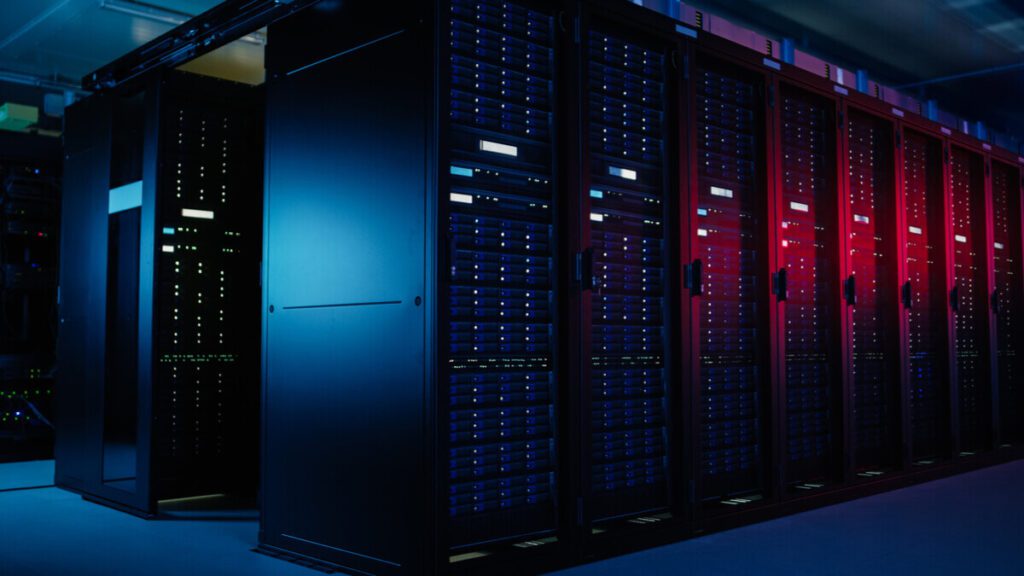
Saudi Arabia is looking to attract investments upwards of $18 billion dollars as part of its bid to construct large-scale data centers across the Kingdom, the country’s Ministry of Communications and Information Technology (MCIT) announced this week.
The move – which is part of Saudi Arabia’s Vision 2030 – aims to transform the gulf country intro the region’s data center hub, as the government is collaborating with the private sector, several global investors, the ministry highlighted on Wednesday.
“We are enabling local champions to play a bigger role in the coming phase of Saudi Vision 2030, to increase the growth of hyper-scale co-location capacity data centers needed to attract other digital investments, such as cloud service providers, gaming publishers, video streaming service operators and content delivery network (CDN) operators to localize their services inside the Kingdom,” Bassam Al-Bassam, deputy minister for telecom and digital infrastructure at the MCIT told Arab News.
In parallel, MCIT also announced that they have contracted with Gulf Data Hub, Al Moammar Information Systems (MIS), and Saudi FAS Holding Co. as preliminary investment partners. “The ministry is open to discussions with global heavyweights such as Amazon and Google, and “all players who are willing to invest in Saudi Arabia and localize content and services,” MCIT highlighted to Arab News.
The ministry pointed out that they are expecting more companies and investors to join in the plan, as the Kingdom aims to attract $18 billion by 2030.
Saudi Arabia’s interest in building large-scale data centers comes at a time where the industry is flourishing on the global level. According to a recent report by U.S.-based market research firm Arizton, the hyperscale data center market is well on its way to reach $127.64 billion by 2026.
The report highlighted that the market for server infrastructure has witnessed strong growth in the past two years. “The competition between branded and ODM server suppliers will continue because multiple enterprises opt for server infrastructure based on open community designs (OCP),” the report said.
Server systems based on x86 architecture dominated the market with about 85 percent of the hyperscale data center market share.
Authors of the report noted that within data center projects, the investment in cooling systems is expected to be 15–20 percent of the overall cost, depending on the facility design and IT load.
The facilities in Southeast Asia, China, India, Australia, the Middle East, and Africa are likely to prefer air-cooled chillers or chilled water systems or a combination of both air and water-based cooling techniques, it read.
“With the increasing adoption of cloud-based services including public, hybrid, and private cloud as a result of COVID-19, cloud service providers are expanding their presence in many countries, either with self-built data centers, or hosting their data in existing colocation facilities in the country,” the report explained.
To attract hyperscale investment, many state and local governments provide investment and sales tax incentives, with incentives focused on effective data center operations and renewable energy procurement likely to increase in coming years.
Data localization regulations for the storage and processing of consumer data in countries is also fueling the demand for hyperscale investment, according to the report.
“Many hyperscale operators, such as Microsoft, AWS, Google, Digital Realty, and Equinix, among others, are shifting to the procurement of renewable energy to power their data centers. Many countries also have renewable energy targets; for example, Ireland aims to generate 55 percent of its energy through renewable energy sources by 2030,” the author stated.